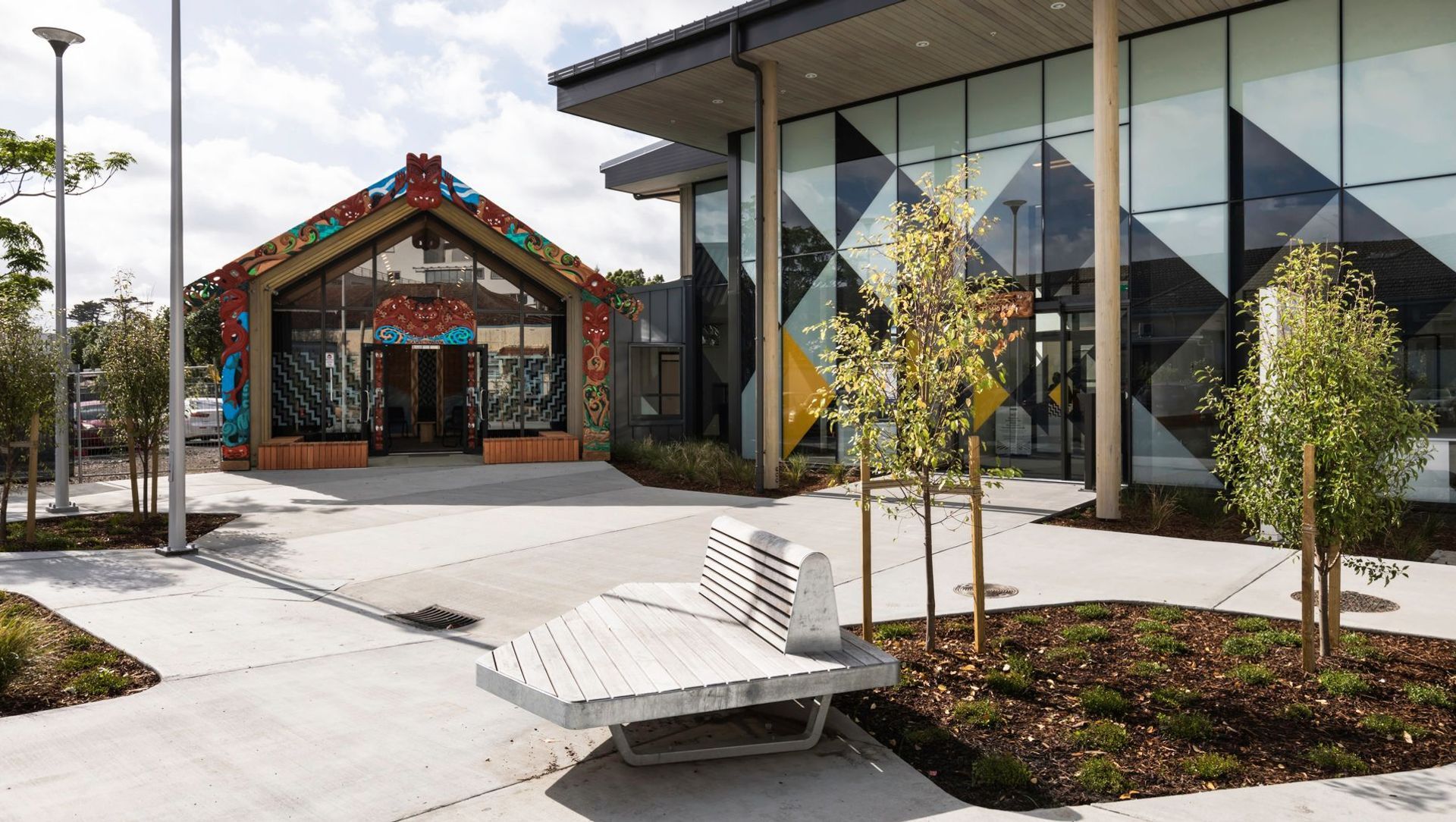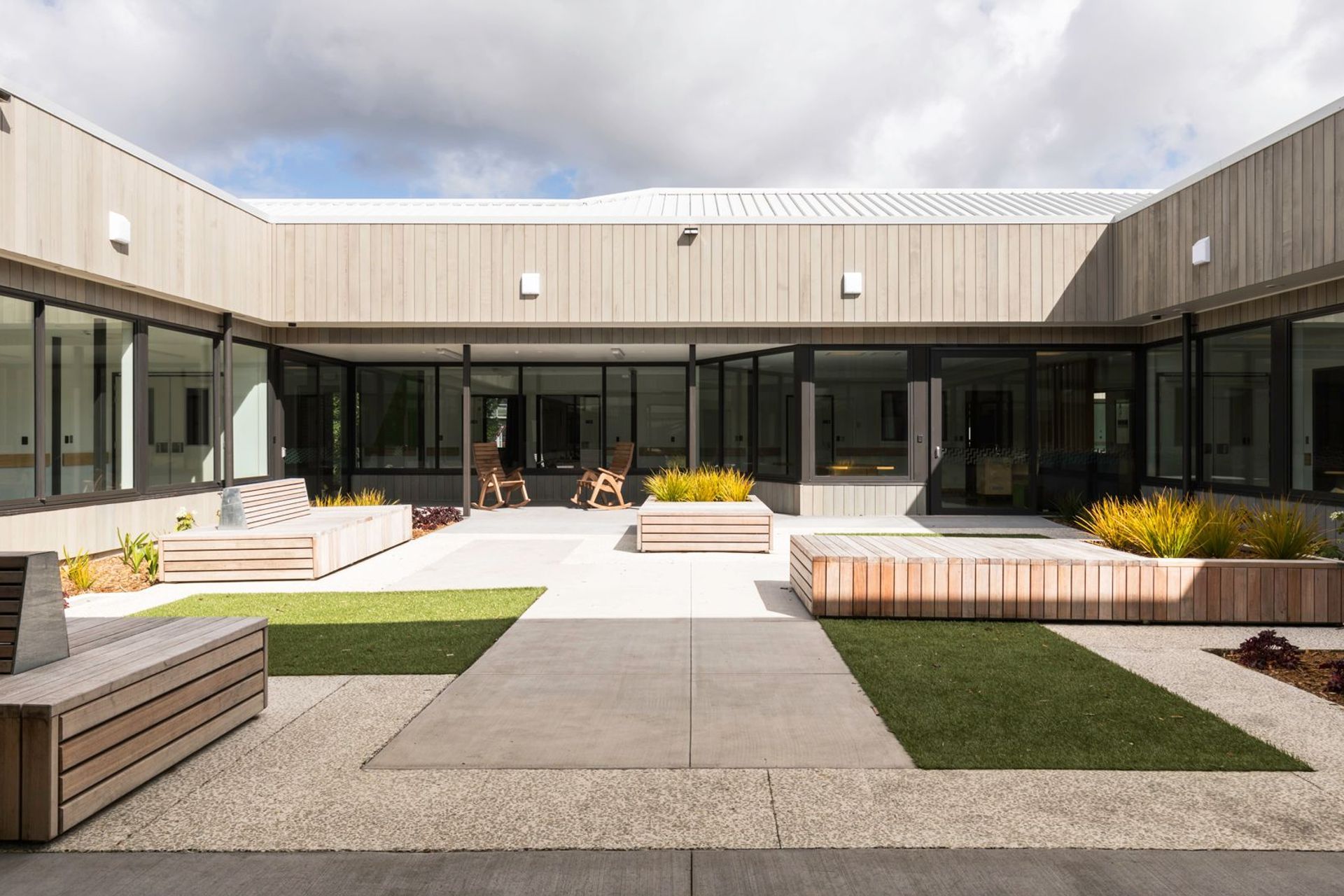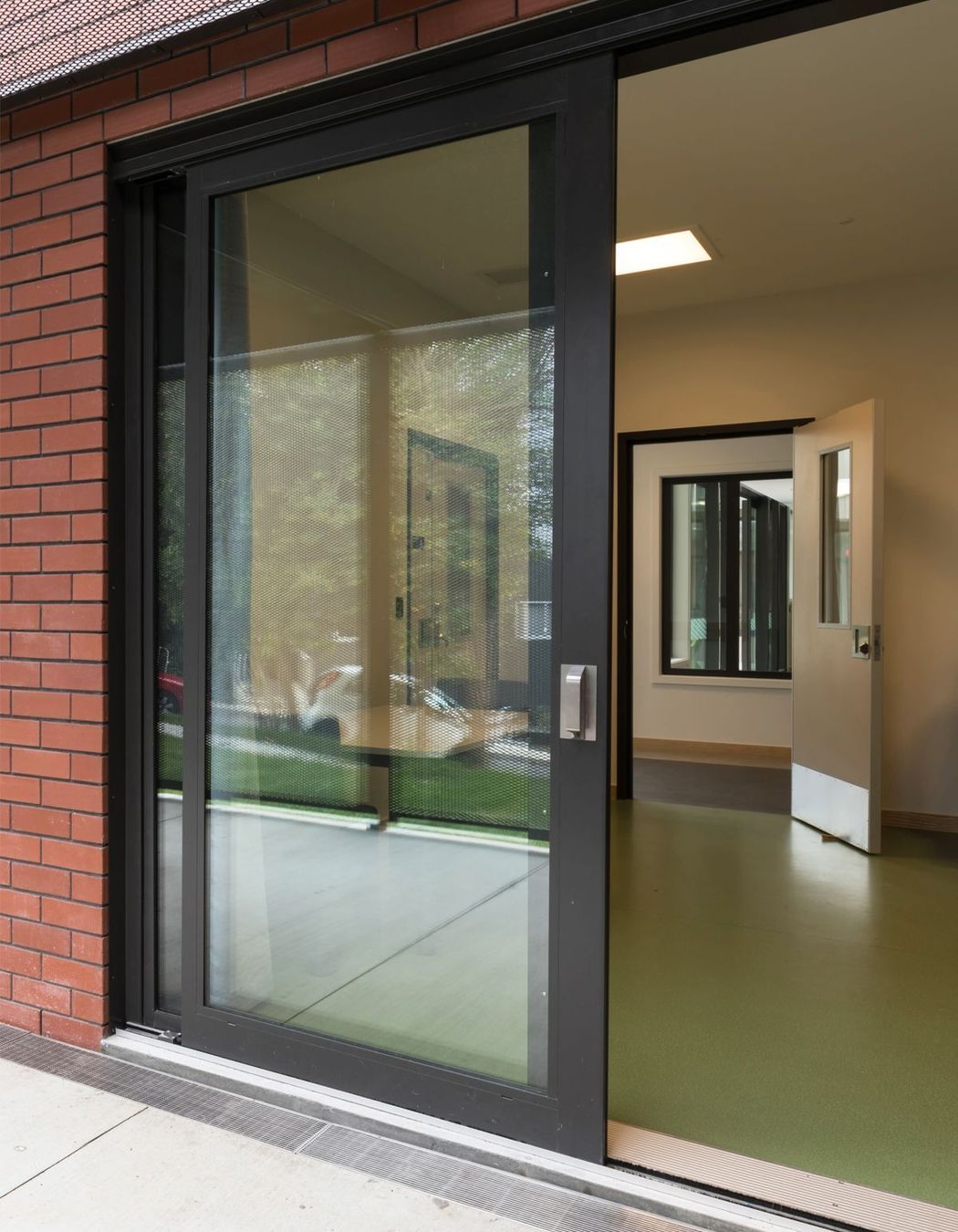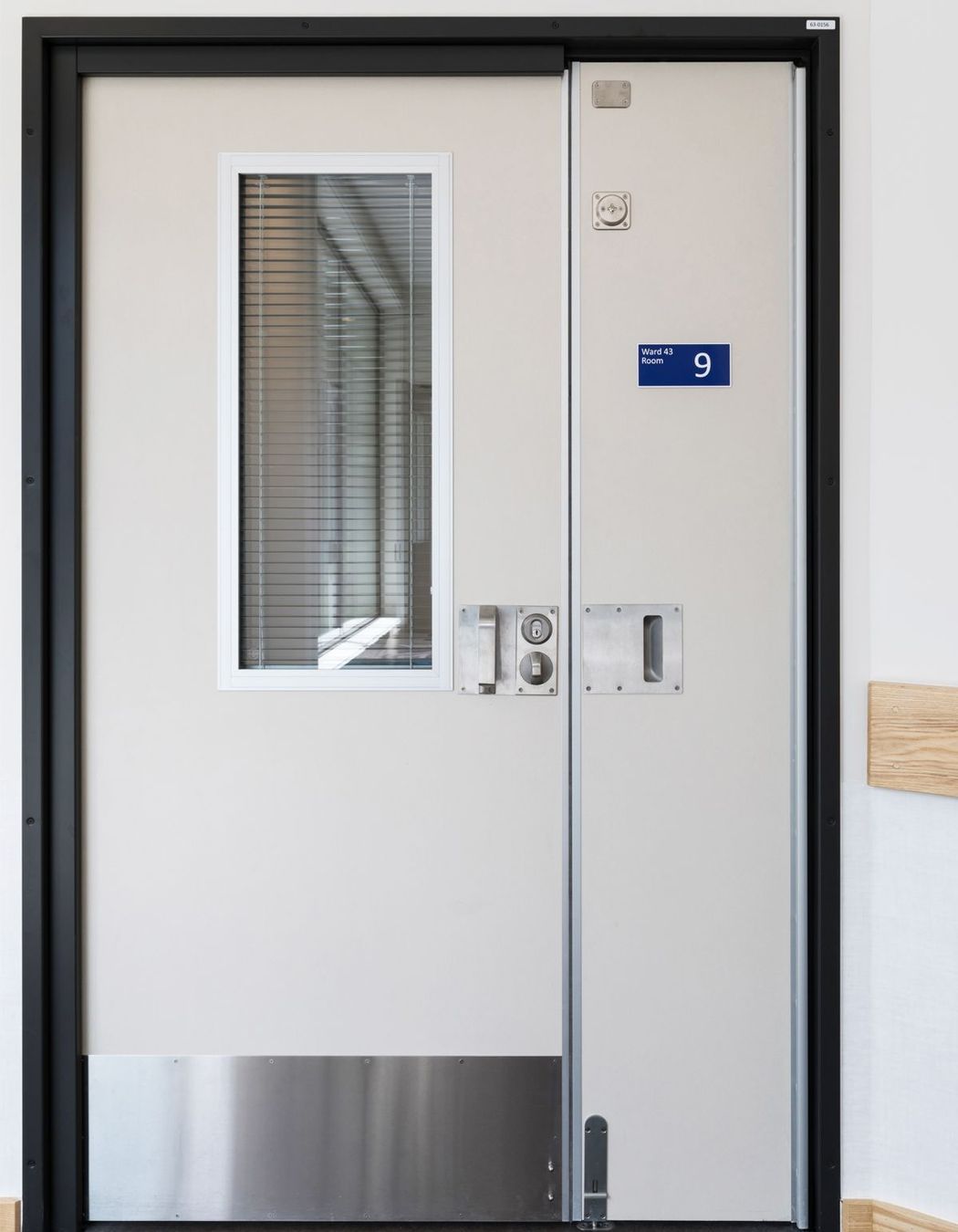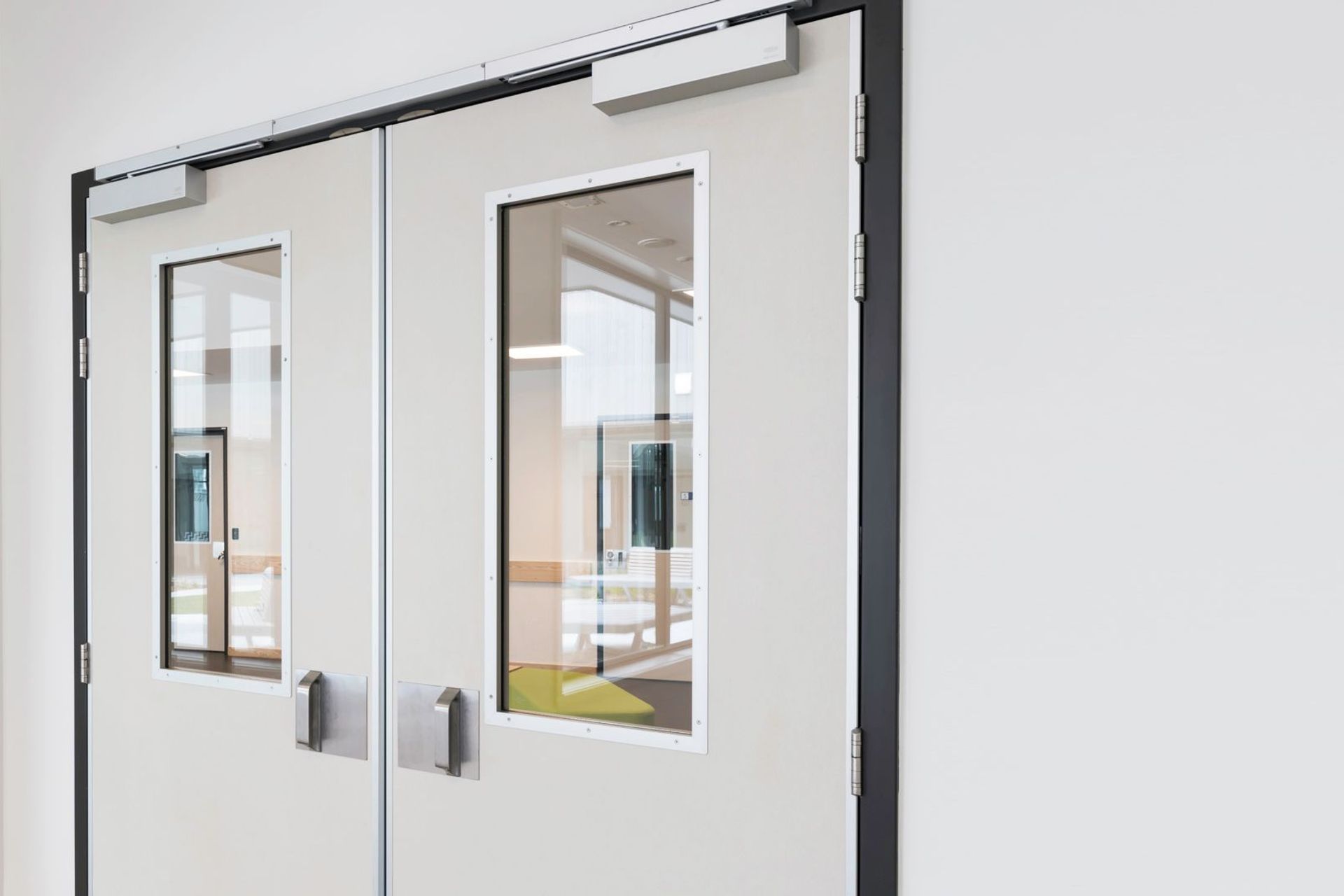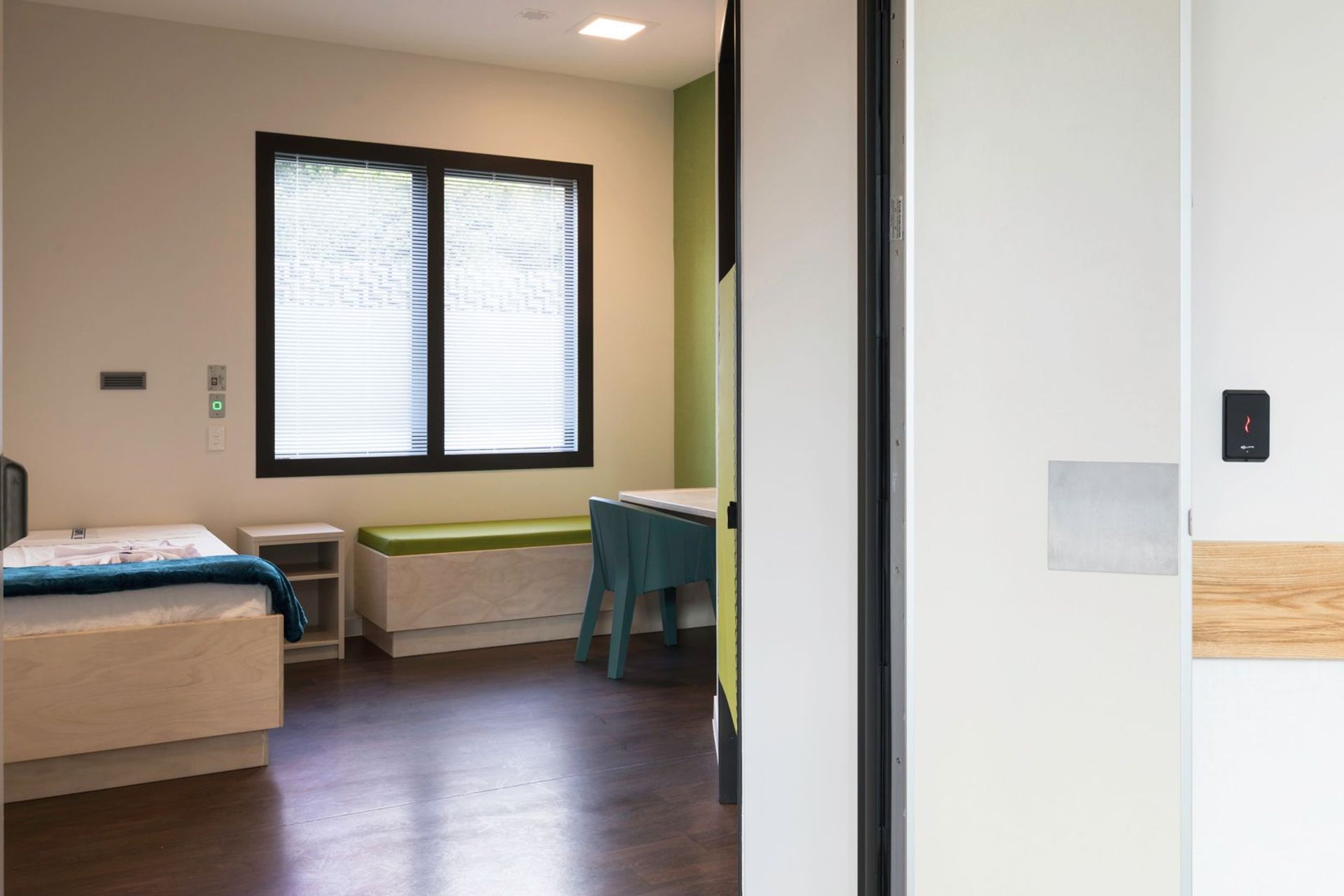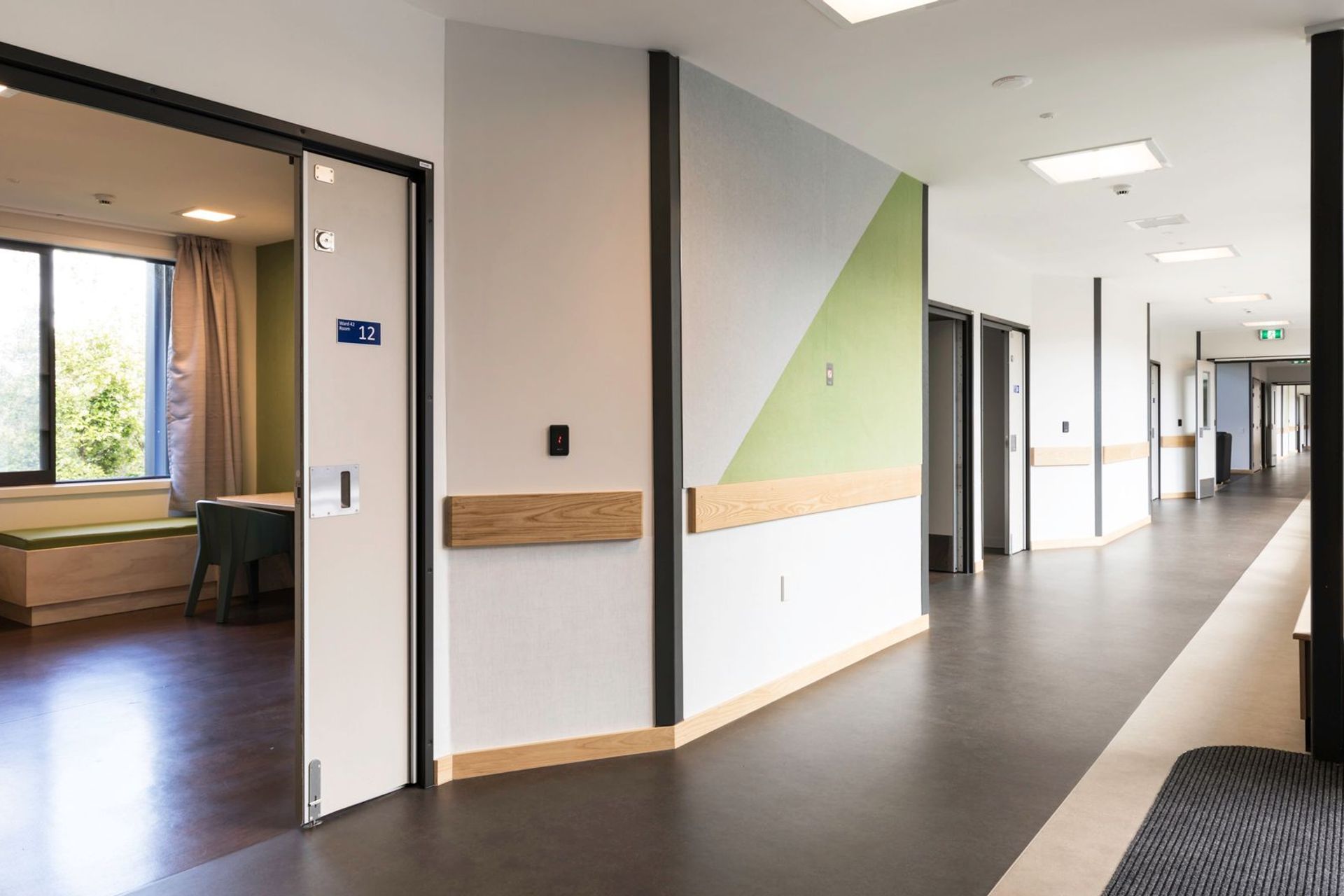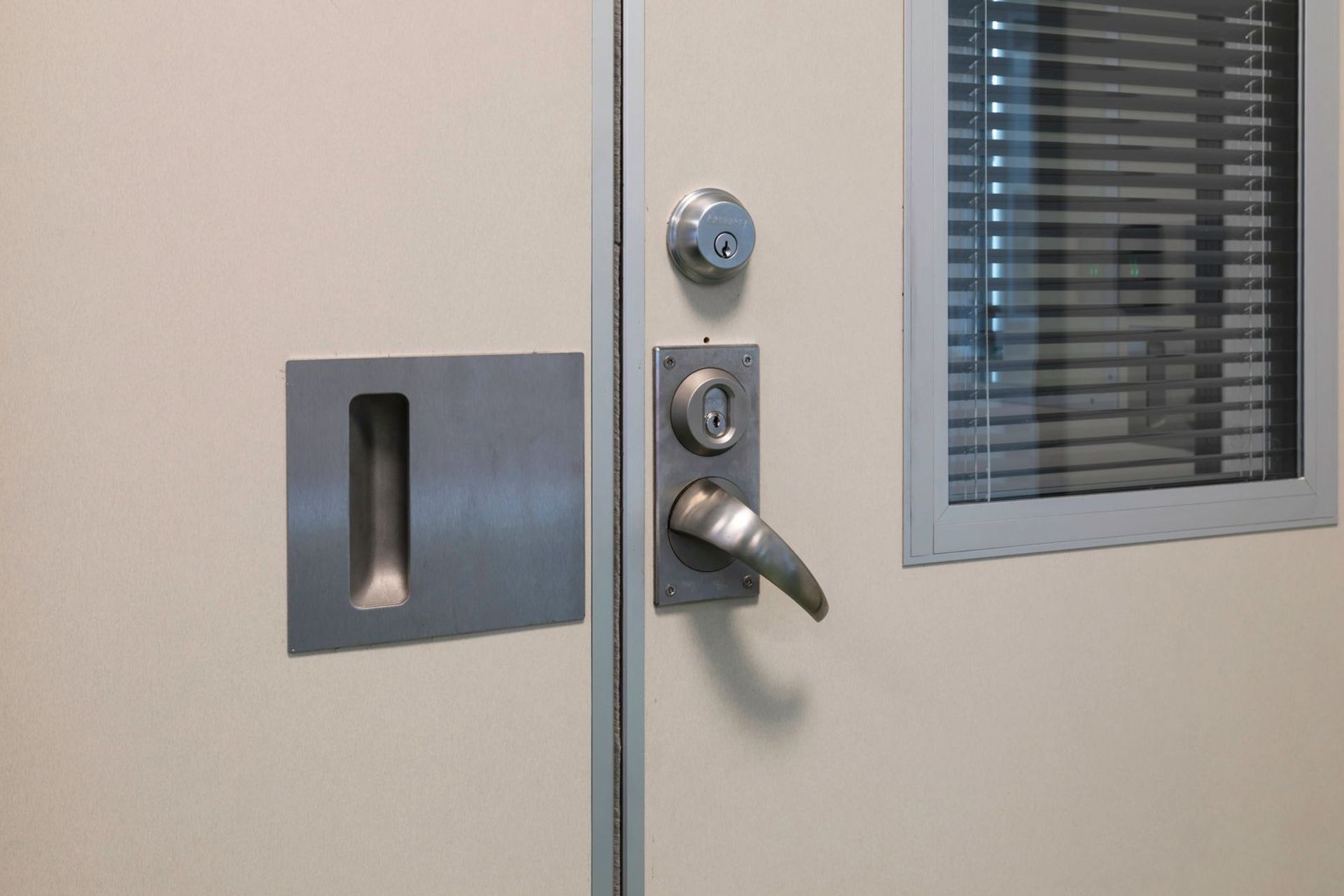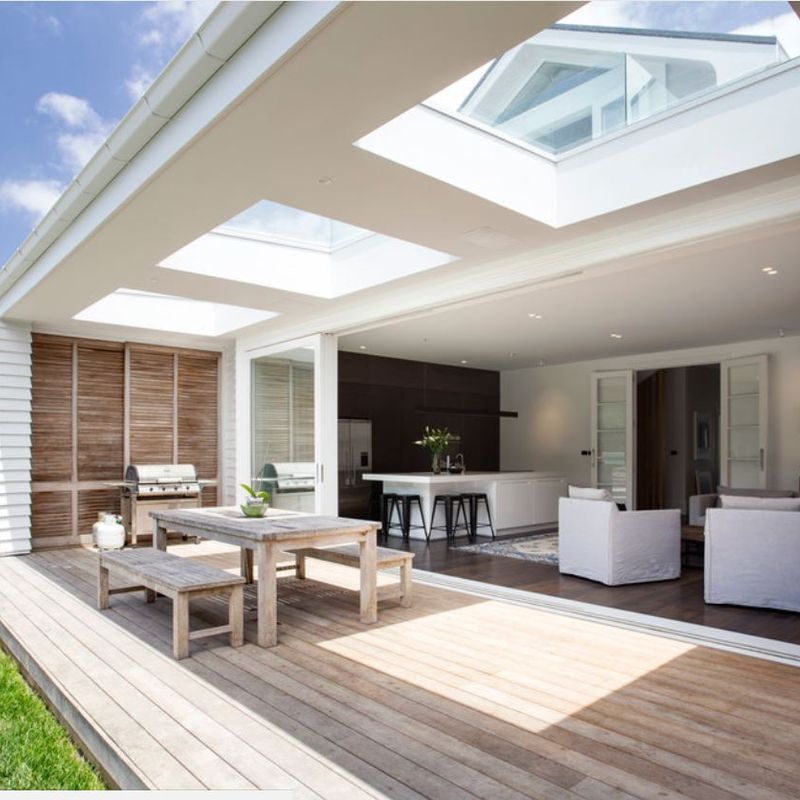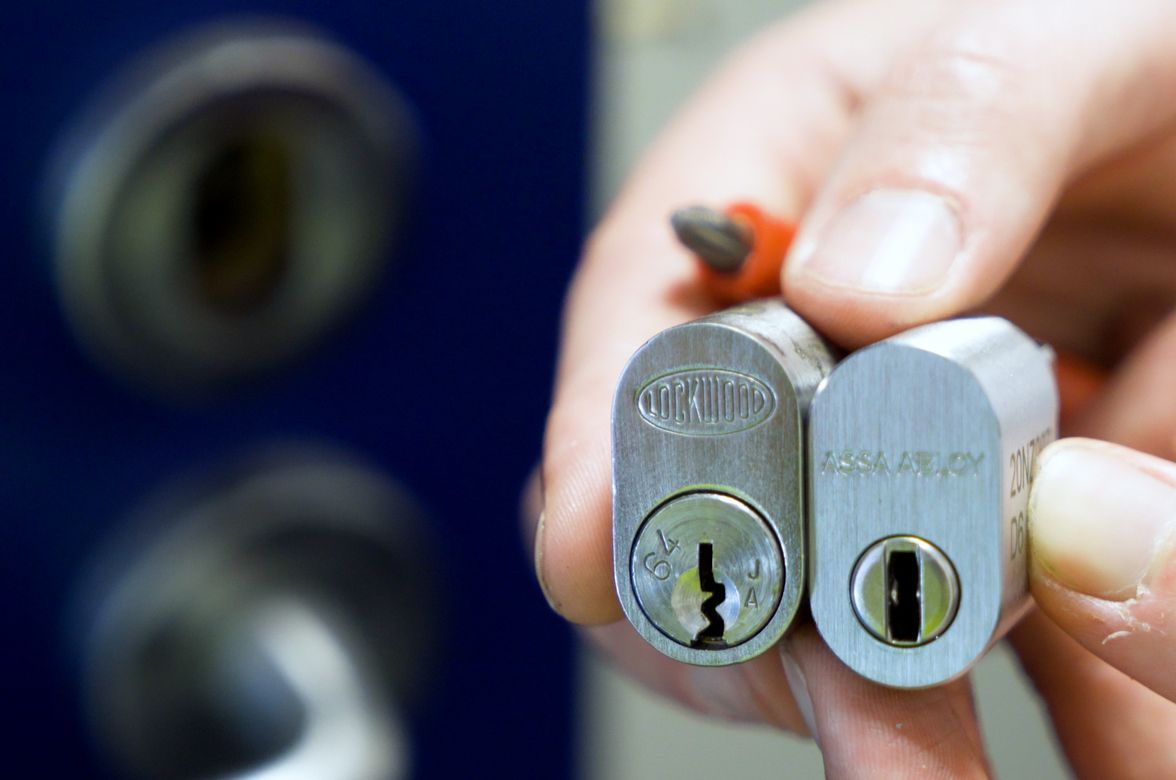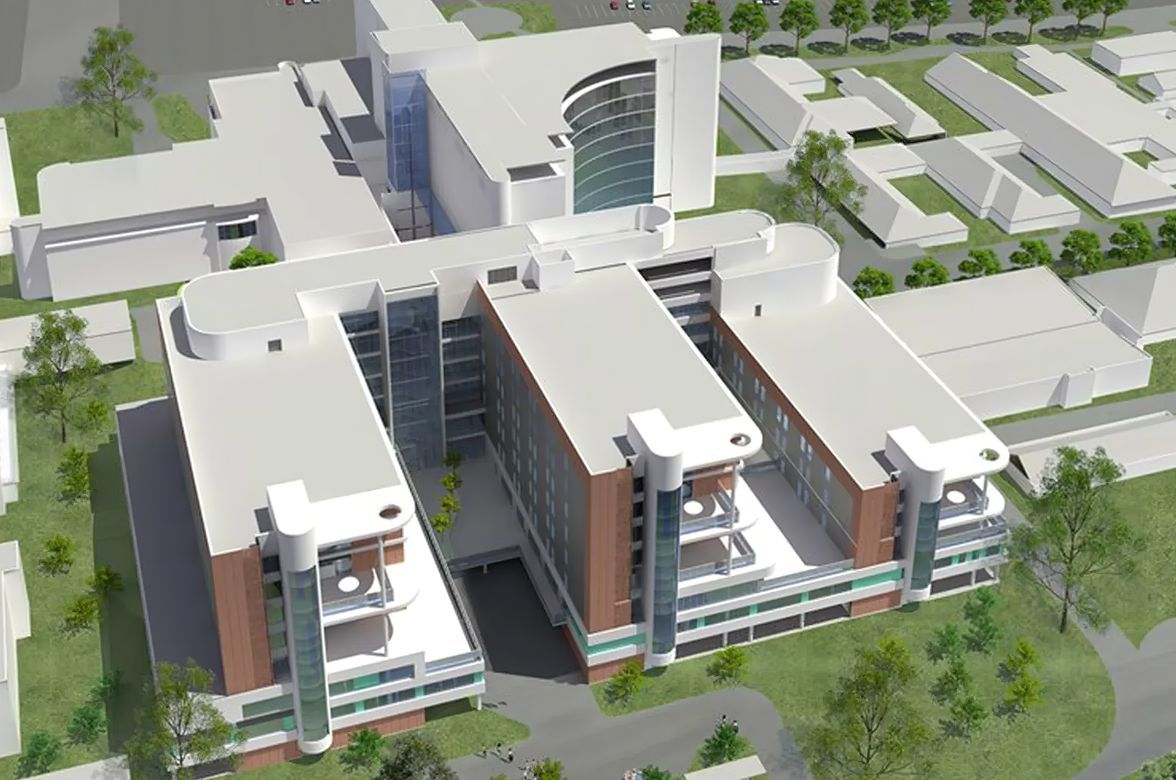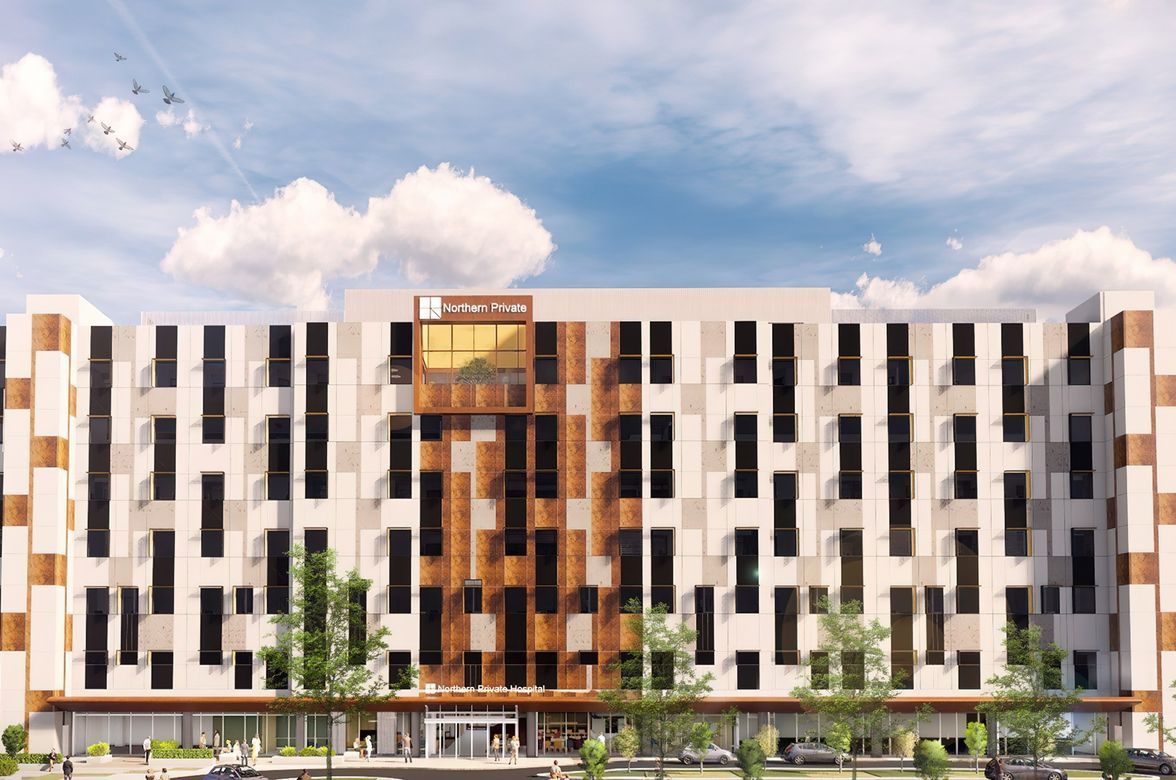About
Middlemore MH Acute Unit.
ArchiPro Project Summary - Middlemore Hospital's Tiaho Mai Mental Health Acute Unit prioritizes patient well-being through a home-like environment, featuring innovative security solutions and natural light, enhancing recovery in a beautifully designed 76-bed facility.
- Title:
- Middlemore Hospital Mental Health Acute Unit
- Manufacturers and Supplier:
- ASSA ABLOY Door Locks & Security Solutions
- Category:
- Community/
- Health and Wellness
Project Gallery
Views and Engagement
Products used
Professionals used

ASSA ABLOY Door Locks & Security Solutions. GLOBAL LEADING SELLER OF LOCKS AND SECURITY HARDWARE
ASSA ABLOY is the global supplier of intelligent door locks and security solutions. Its products account for more than one in ten of all lock and security installations worldwide.
Enhance Your Skills with ASSA ABLOY's CPD Training and Earn CPD Points
ASSA ABLOY's CPD on Door Hardware Design provides architects with valuable tools to navigate Australian Building and Fire Codes, ensuring informed hardware choices. It helps identify and understand the key components of door hardware, aids in designing efficient door openings, and enables the creation of detailed door and hardware schedules for seamless project documentation. Completing this CPD program not only enhances expertise in door hardware design but also supports broader professional development.
We know that in-person learning delivers real value, through hands-on experience and direct engagement with our experts. That’s why we offer face-to-face CPD-accredited training, designed to help you stay up to date with the latest compliance standards, regulations and innovations.
Prefer to learn on-site? We’ll come to you. Our team can deliver training at your preferred location making it easy to fit CPD into your schedule.
The Group’s strength is the variety of traditional and new products that can be combined to create a large number of different door environments. ASSA ABLOY has products for different climates, different types of buildings and differing security and safety requirements. By combining hundreds of thousands of components to meet the needs of consumers, architects and installers, the Group creates products with the right quality, design and price, which are ideal for both new buildings and renovations.
ASSA ABLOY is divided into three regional and two global divisions. The regional divisions, Americas, EMEA and Asia Pacific, manufacture and sell mechanical and electromechanical locks, digital door locks, cylinders and security doors adapted to the local market’s standards and security requirements. The global divisions, Global Technologies and Entrance Systems, manufacture and sell electronic access control, identification products and entrance automation on the global market.
Founded
1994
Established presence in the industry.
Projects Listed
7
A portfolio of work to explore.
Responds within
20hr
Typically replies within the stated time.

ASSA ABLOY Door Locks & Security Solutions.
Profile
Projects
Contact
Project Portfolio
Other People also viewed
Why ArchiPro?
No more endless searching -
Everything you need, all in one place.Real projects, real experts -
Work with vetted architects, designers, and suppliers.Designed for New Zealand -
Projects, products, and professionals that meet local standards.From inspiration to reality -
Find your style and connect with the experts behind it.Start your Project
Start you project with a free account to unlock features designed to help you simplify your building project.
Learn MoreBecome a Pro
Showcase your business on ArchiPro and join industry leading brands showcasing their products and expertise.
Learn More